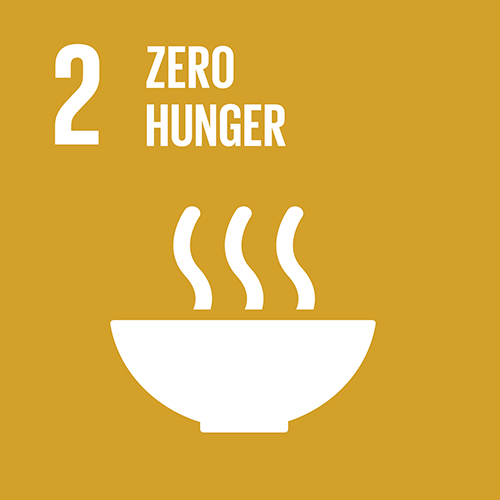Blue Forests for Coral Reef Protection in Madagascar

Project type: Land Use and Forestry
Project location: Madagascar, Bay of Assassins
Project status: In operation, no credits available
Annual emission reduction of the whole project: 943 t
This climate protection project fosters sustainable use of mangroves, or “blue forests”, to avoid deforestation and degradation. Healthy, intact mangrove forests take up carbon, protect the population from natural disasters and help conserve coral reefs – a key habitat for endangered species.
Mangroves are exceptionally productive ecosystems that support a unique biodiversity and provide the natural resource base for the well-being of millions of people in coastal communities. However, mangroves are disappearing at a rate of one to two per cent per year, faster than any other forest type. The cause is unregulated harvesting for timber and charcoal sold at local and regional markets.
Mangroves are the forests of the sea, specially adapted to survive in the inhospitable, salty conditions where the land meets the ocean.
This is the case for the mangrove forests in the Bay of Assassins in Southwest Madagascar, which are home to approximately 4'000 people. They are threatened by degradation and deforestation although they are key to the well-being of the local population: The forests protect the communities from storm surges, provide fuel wood and construction material and support food security by supporting important fisheries such as shrimp and crabs. In addition, the mangrove forests are part of the Velondriake area that is home to numerous endemic and many endangered species such as the green turtle and gray reef shark.
The aim of the community-led project is to foster sustainable management of mangroves in an area of around 1'000 ha. The project pursues four specific objectives: Firstly, to preserve the current quality and extent of mangrove forests; secondly, to reduce deforestation of mangroves through sustainable harvesting; thirdly, to restore degraded areas of mangrove forest and finally to establish native tree plantations that are used as alternative wood source.
Around 10% of global emissions from deforestation are caused by the loss of mangroves.
This will be achieved by building capacity of local management associations and encompasses numerous activities. Local people will be introduced to sustainable harvesting practices that enable long-term profit from mangrove wood. Besides, the communities will be engaged in reforestation and fuelwood and timber plantations that substitute mangrove wood. Overexploitation of fish stocks will be addressed by training fishermen and -women in effective fisheries management. As a pragmatic approach to sustainable fishery, fishing grounds will be closed temporarily by communities to let mud crab and shrimp fisheries rejuvenate. Moreover, beekeeping as an additional income source will be promoted and expanded.
The project is implemented in close collaborations with community associations and local and regional authorities. The project establishes a payment for ecosystem services (PES) scheme. The gains from selling carbon credits will be used to engage local people in sustainable mangrove forest and fisheries management and will also be invested in capacity-building and sound monitoring.
This project contributes to 10 SDGs (as of end 2021):
Find out how myclimate reports these SDGs in our FAQ.
The following SDGs are verified by Plan Vivo:
4,000 coastal people – 60% of whom live below the national poverty line – benefit from social investment that increases their income and well-being.
Project income is used to subsidize school fees for all children in the partner villages.
Women are actively engaged in the project as carbon monitors and members of the marine management association.
Project income will be used to provide safe drinking water, as defined by the partner villages.
Over 1000 tonnes of CO₂ have already been sequestered.
Habitats for endangered species will be protected, coral reefs are being conserved.
Sustainable forest management is established in an area of 640 km2.
These SDGs have been approved by myclimate:
Project income supports the management marine area that provides fish, the primary protein source for the population.
Where electrification is identified as a need in project villages, income will support the installation of solar panels and batteries.
Community businesses such as sea cucumber aquaculture and mangrove beekeeping are established and provide alternative income sources.
Situation without project
Decrease of carbon stocks, loss of biodiversity, increased natural disaster risk, decreased seafood stocks and increased coral reef mortalityDocumentations
Project standard

Project number
7218


















